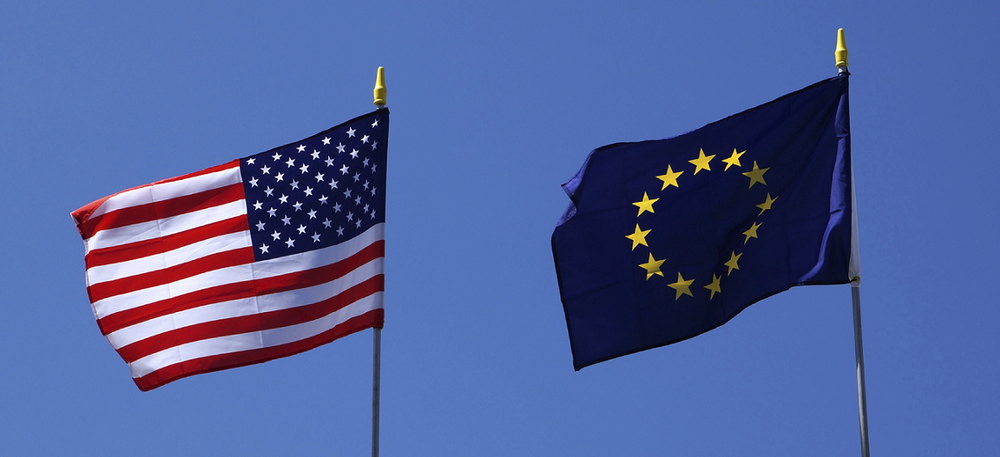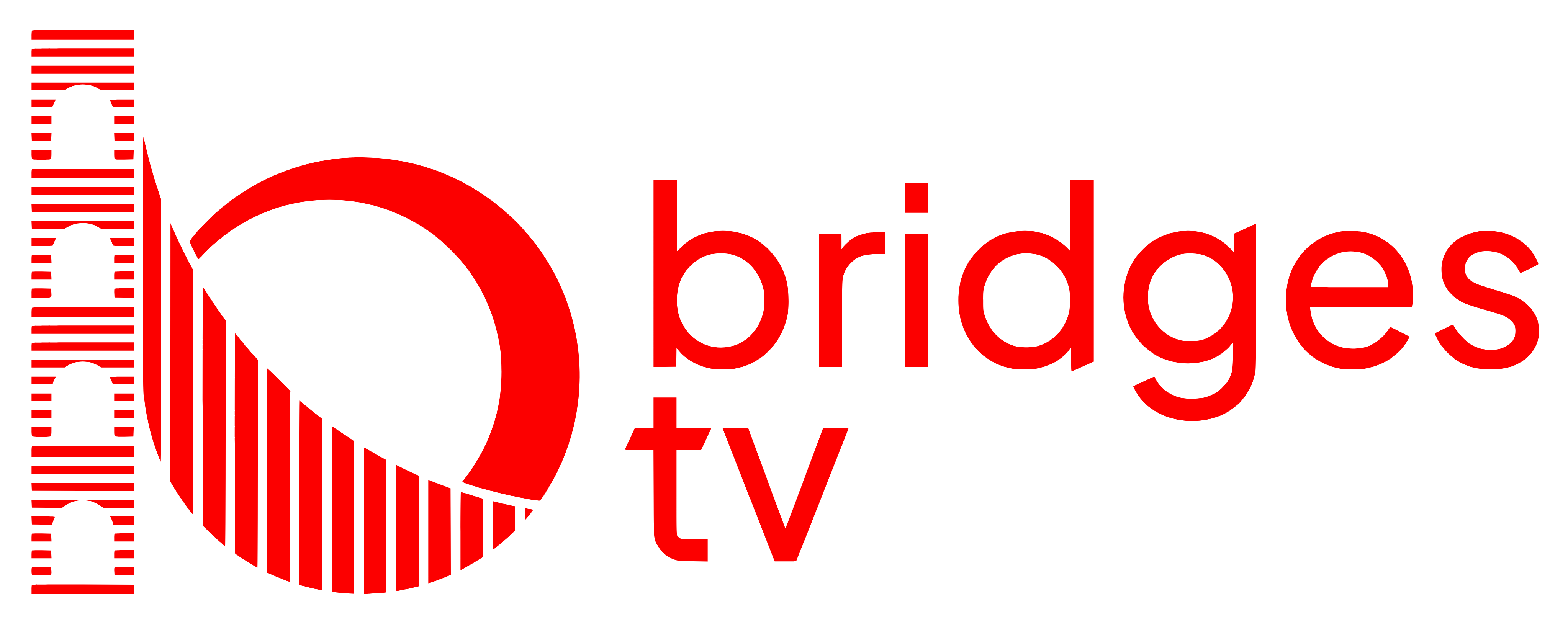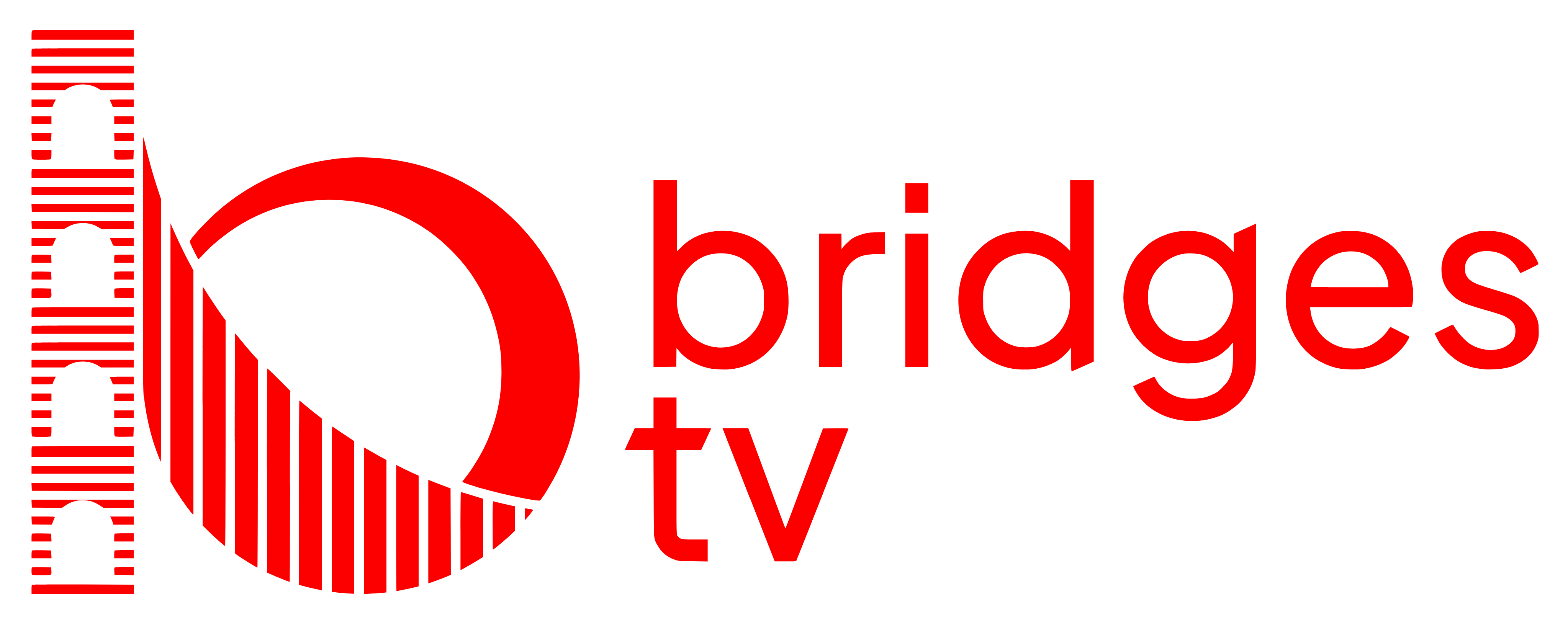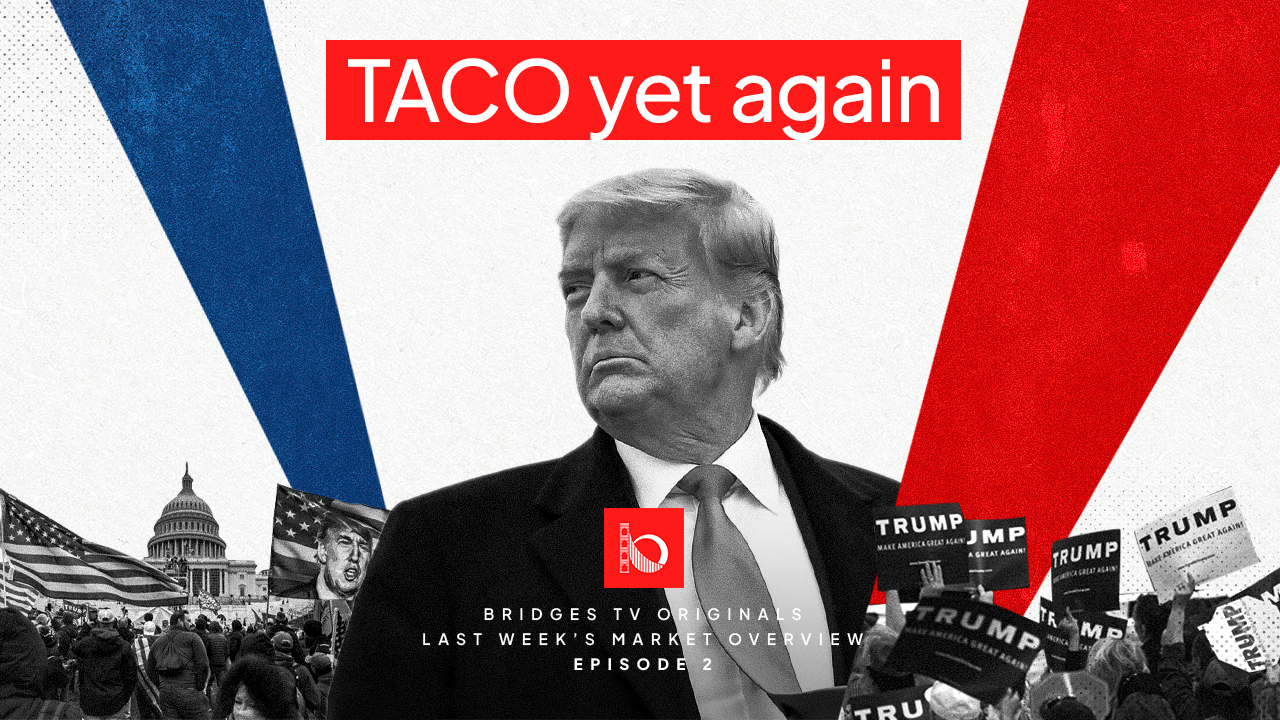Market Overview (May 26-29)
On May 27, Trump, the US president, publicly announced his decision to postpone the 50% tariff on European Union (EU) goods from June 1 to July 9, after a negotiation request from the EU (Hagan, 2025). On May 28, the Court of International Trade ruled that Trump’s “Liberation Day” tariffs were illegal, saying he exceeded his authority, but the decision was paused by an appeals court on May 29, allowing the tariffs to stay in place for now (Hoskins & Tian, 2025). A tariff is an additional tax put on imported (foreign) goods. Thus, this decision eased the trade tension between the USA and the EU, leading to positive changes in financial markets.
The stock price index in the S&P 500, Dow Jones Industrial Average, and Nasdaq Composite rose by 2.1%, 1.8%, and 2.5%, respectively (Zilber & Herzlich, 2025). Stock represents a share of ownership in a company. This ownership entitles the stockholder to a share of the profits the company earns. The stock index growth shows that investors are more optimistic. The reason is that the delayed tariff also postponed uncertainty in the economy, allowing investors to estimate business earnings more easily. Thus, people tend to buy more stocks, making them more expensive.
This tariff delay has further potential implications for businesses and consumers. Firstly, businesses now have more time to adapt to future tariffs. For instance, they can accelerate the shipments of their goods to earn as much as possible before July 9. They can also use this extra time to reset the prices of their goods to better deal with the future trade tension. Likewise, they may have more discussions about changing their supply chain (production process), especially those reliant on imported raw materials. For example, businesses may start looking for local sources of raw materials to avoid the tariff’s outcomes.

Furthermore, as the tariff is delayed, consumers do not need to worry about the price increase for now. The reason is that businesses reliant on imports are not likely to increase the prices to cope with increased costs – taxes in this case. Thus, consumers also have more time to plan their budget wisely. All in all, the economy has the potential to experience short-term progress after this decision.
To summarize, the delayed US tariff on the EU has optimistic outcomes for investors, businesses, and consumers. However, this does not mean that uncertainty has fully disappeared; it is just postponed. As a result, the relevant agents should effectively use this extra time to get better prepared for the future promised tariff.
Nvidia’s Strong Revenue Report
On May 28, Nvidia reported a 69% year-over-year increase in its quarterly revenue, reaching $44.1 billion, exceeding the investors’ expectations of $43.3 billion (Bhuiyan, 2025). Nvidia is a tech company, known for its computer chips used in Graphics Processing for gaming and design, data centers, Artificial Intelligence, etc. The main driver of Nvidia’s revenue growth was a 73% rise in data center revenue, marking $39.1 billion (Sor et al., 2025). This highlights that the demand for AI technology has increased. After the report, Nvidia’s stock price (share of ownership) went up by 4.4% the same day, meaning increased investor confidence in AI (Sor et al., 2025).

Nvidia’s revenue growth has several financial implications. Firstly, the increased demand for AI means that businesses are heavily investing in AI infrastructure. Its increased stock also explains this point by showing improved market confidence in the technology sector. Moreover, this positive change may lead to a positive spillover effect. That is, other tech companies may also benefit from this report, having greater motivation to invest in AI-related products and services. Additionally, the report implies that tech companies, including Nvidia, may feel more confident and resilient despite geopolitical tensions like the US tariff (extra taxes) on Chinese goods.
To sum up, Nvidia’s revenue growth shows that Artificial Intelligence is no longer a future story but a current economic driver. Increased investor confidence in technology, especially AI, signals that the next wave of economic growth might result in more from AI infrastructure than traditional sectors.
Interest Rate Cut in South Korea
On May 29, the Bank of Korea (BOK), South Korea’s central bank, lowered the interest rate from 2.75% to 2.5%, its fourth cut since October 2024. Interest rate is a borrowing cost that borrowers pay lenders (e.g., banks) as an additional payment. This means people will repay, for example, $102.5 in total instead of $102.75 if they borrow $100 from a bank according to the recent policy. The main reason for this cut is the economic slowdown. The BOK explained that the country’s economic activity (sum of consumption, government spending, investment, and net exports) in the first four months of 2025 declined by 0.2%, mainly through the decreased consumption and investment (Gyeongwoon & Kwak, 2025).
South Korea heavily relies on exports (goods sold abroad) for its economic activity. However, global tensions and uncertainties, like the US trade tariff (extra taxes) and internal political instability, put the economy under further pressure slowing the economy (Tong-Hyung, 2025). Thus, the BOK decreased the rate to make borrowing cheaper for consumers and investors. This implies that people will spend less on borrowing from banks to meet their needs and wants, such as homes and cars. Thus, consumption (consumer spending) is likely to increase, decreasing savings due to lowered returns (2.75% before vs. 2.5% now).
Likewise, businesses will also have lower borrowing costs. Therefore, they will also increase the borrowing to invest in advanced technology, cost-cutting, and more skilled employees to improve business performance and profits (earnings). As these two factors are the main drivers of economic growth, they may help the country leave the slowdown faster. For instance, the Kospi index, the country’s major stock market index, went up by 1.7%, implying investors feel more optimistic now (Tong-Hyung, 2025). As businesses are more encouraged to invest, they have a greater chance of increasing their earnings.

People who buy stocks (share of ownership) know this and start feeling more confident and optimistic, increasing the purchase of stocks. Additionally, due to the lower returns from savings and government bonds, people tend to shift to the stock market. More demand in stocks allows businesses to increase stock prices, knowing that people are ready to pay more as they now need more. Thus, this might be a good opportunity for people to buy stocks as long as the prices are not very high to have much higher returns later.
To wrap up, the BOK implied the possibility of further cuts to boost the economy even more (On- jung, C., & SU-hyeon, 2025). Further rate cuts could improve economic activity at a faster pace by pushing consumer spending and investment up. However, the central bank should be careful when cutting the interest rate to avoid high prices. As consumer spending increases, businesses will be more eager to increase prices. Nonetheless, if the BOK manages to control the situation efficiently, the outcomes will favor consumers, investors, and the economy as a whole.
References
Bhuiyan, J. (2025, May 28). Nvidia beats Wall Street expectations even as Trump tamps down China sales. The Guardian. https://www.theguardian.com/technology/2025/may/28/nvidia-q1- 2025-earnings-report
Gyeongwoon, J., & Kwak, E. (2025, May 29). The Monetary Policy Committee of the Bank of Korea unanimously decided to cut interest rates on the 29th because the sluggish economy is so serious. Maeil Business Newspaper. https://www.mk.co.kr/en/economy/11330288
Hagan, R. (2025, May 25). Trump agrees to extend EU trade talks after 50% tariff threat. BBC News. https://www.bbc.com/news/articles/cdd2mz719yvo
Hoskins, P., & Tian, Y. (2025, May 30). Trump tariffs get to stay in place for now. What happens next? BBC News. https://www.bbc.com/news/articles/c8xgdj9kyero
On-Jung, C., & SU-Hyeon, P. (2025, May 29). South Korea lowers interest rates as economy shows signs of strain. The Chosun Daily. https://www.chosun.com/english/market-money- en/2025/05/29/33HQCM37Y5H5LLHAPE4YIZ6GE4/
Sor, J., Chowdhury, H., Altchek, A., Goel, S., Vlamis, K., Tangalakis-Lippert, K., Cosgrove, E., & Lee, L. (2025, May 28). Nvidia earnings recap: Stock jumps after revenue tops estimates as chip titan expects $8 billion hit from lost China sales. Business
Insider. https://www.businessinsider.com/nvidia-earnings-call-report-nvda-stock-live-updates- 2025-5
Tong-Hyung, K. (2025, May 29). South Korea’s central bank cuts borrowing costs to nurse the sluggish economy. AP News. https://apnews.com/article/korea-economy-rate-tariffs-trump- d2cf5ea0db7ad02147f144ba50c7ee4b
Zilber, A., & Herzlich, T. (2025, May 27). Dow soars more than 700 points after Trump postpones 50% tariff on EU imports. New York
Post. https://nypost.com/2025/05/27/business/dow-soars-more-than-400-points-after-trump- postpones-tariffs-on-eu/













